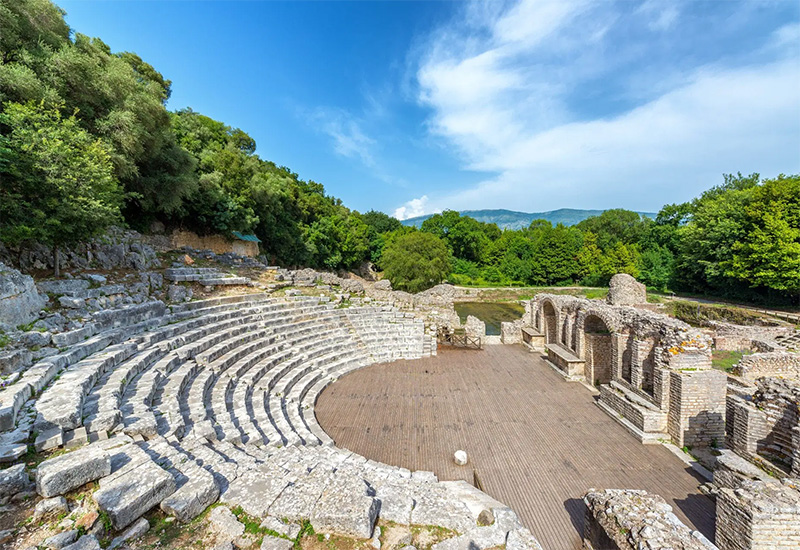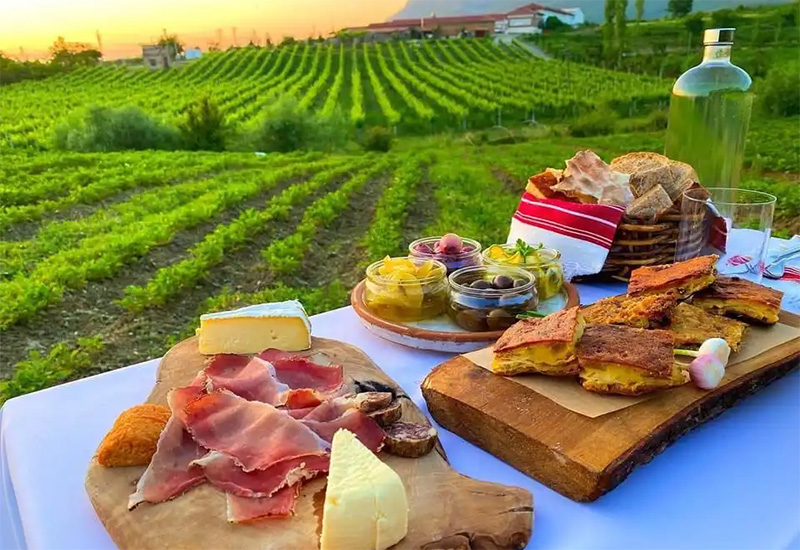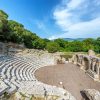Butrint – Our Most Important ‘Must Visit’ Site In Albania
Butrint is a UNESCO World Heritage Site and one of the most fascinating archaeological sites in the Balkans, if not the World. We would put it up there with Stonehenge, Angkor Wat and Machu Pichu. It is a palimpsest of history, wrapped up in natural beauty. Being somewhat hidden away in Albania for the past few decades, in comparison to most UNESCO sites it’s hardly visited.
All in all it’s a simply wonderful place, both glorious and peaceful. It’s a great half-day trip if you just want to see the surface stuff. If you want to dig deeper and enjoy the museum to the full, make a day of it and have lunch at the café by the entrance.
Here are all the best bits on-site
Just to wander around and wonder at the lives of the thousands of people who lived here through time is mesmerising. It would reward years of study but, if you’re only here on a fleeting visit, here are a few top things to check out:
- Ancient Ruins – Explore the well-preserved ruins of a city that dates back to the Greeks, Romans, Byzantines, and Venetians.
- Theatre of Butrint – A 3rd-century BC Greek theatre later used by the Romans, offering impressive acoustics and views.
- Baptistery & Basilica – The 6th-century Baptistery has beautiful mosaic floors, while the Basilica showcases early Christian architecture.
- The Lion’s Gate – A famous stone relief carving of a lion attacking a bull, a symbol of Butrint.
- The Acropolis & Venetian Castle – Climb up for panoramic views of the surrounding lakes and the Ionian Sea.
- The Roman Forum & Baths – See remnants of Butrint’s Roman past, including a forum, bathhouses, and villas.
- The Butrint Museum – Located inside the Venetian Castle, it houses artifacts from different historical periods of the site.
Round and about
Wherever you go in Butrint you’ll be walking through history. But you can expand that perspective by venturing only a short distance further afield.
- Take a Boat Trip – Enjoy a scenic boat ride across the Vivari Channel for a unique perspective of the site.
- Visit Ali Pasha’s Castle – A small fortress at the entrance of the Vivari Channel, offering historical insights and great views.
- Explore Nearby Ksamil Beaches – Relax at the stunning white-sand beaches just a short drive away.
- Birdwatching & Wildlife Spotting – Butrint is part of a national park, home to birds, turtles, and other wildlife.
Butrint is an unforgettable experience for history lovers and nature enthusiasts alike and our most important ‘must visit’ place in Albania.






